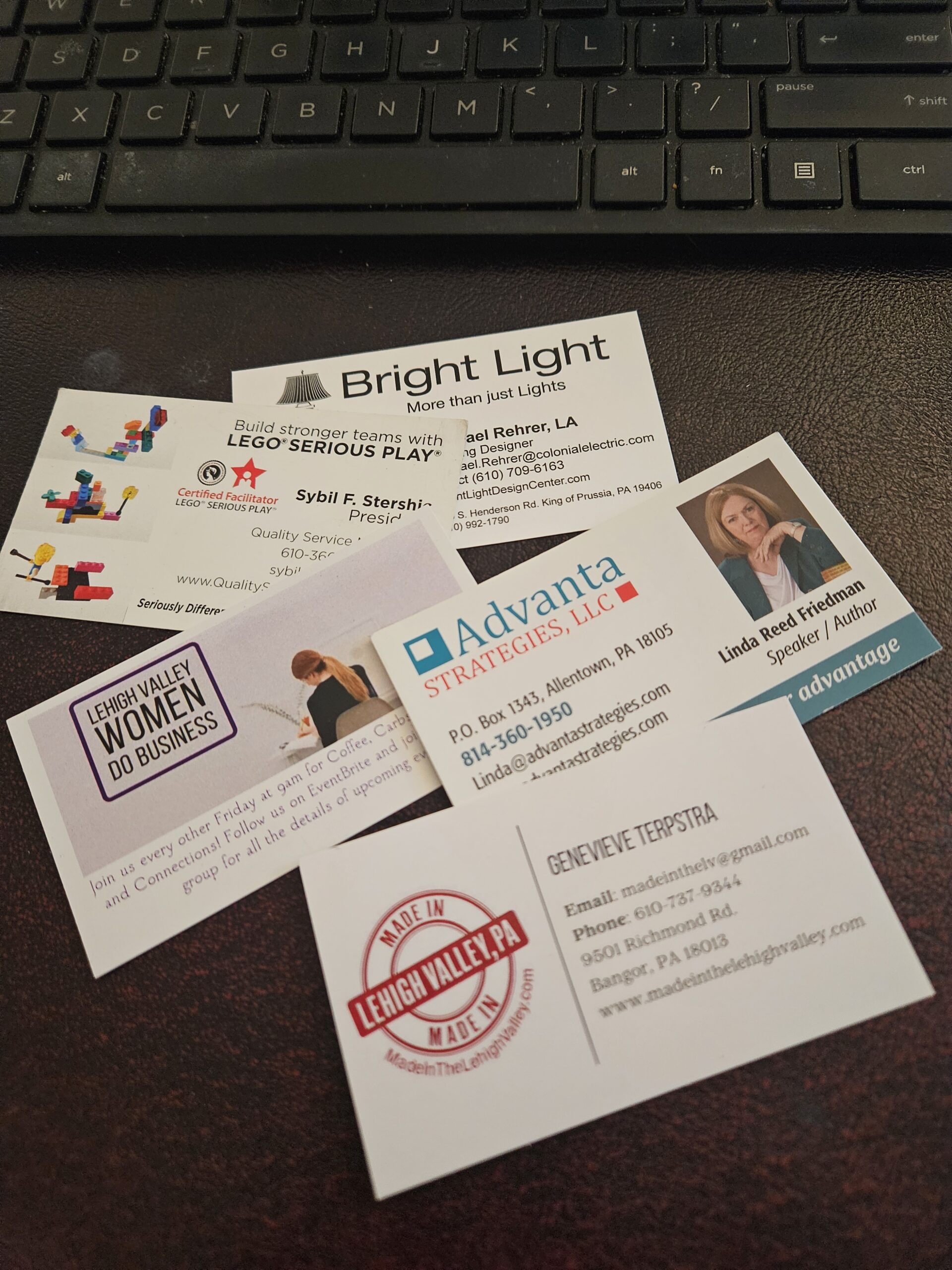Image by Jerry Friedman
I’m spinning off Jeanine Byers post about humor.
After working for many years in corporate America, I thought I had lost my sense of humor. You know what a stressful job is like. On time and within budget can be a life-changing event if you miss it.
My remedy for that was going to clown school. Yes, there is such a thing. At the time, one was at the University of Wisconsin in La Croix. My stomach hurt when I got home, and I was exhausted.
Rosie the Clown was born there. Her birthing costume was sewn before she arrived. The experience was priceless. Multiply the ways to get a person to giggle.
For instance, when you see someone in the super market running the wheelchair, ask when and where did they get a license to do that. Or if they needed a license. Check out the expression on the persons face first, they may not be in the mood for your humor. I have rarely had a bad, sad response.
Gabravo, Bulgaria claims to be the humor capital of the world, with a humor festival in May. I marched in their parade.
How Humor Can Lighten the Room
A smile can make your design pitch twice as memorable. Humor, when done right, isn’t about being a comedian it’s about being human. A little laughter reminds everyone that design is supposed to bring joy, not stress. So the next time you walk into a presentation, bring your sense of humor along with your fabric swatches. You’ll leave behind not only a beautiful concept but also a positive impression.
Creating Connection: The overlooked power of eye contact
Eye contact is the designer’s secret to presence. It’s what transforms a presentation from mechanical to magnetic. Slides may show your ideas, but your eyes show your confidence and that’s what clients and audiences remember most.
Why Every Designer Should Practice Their Speech
In design, presentation is persuasion. When you practice speaking as much as sketching, you build trust, authority, and excitement around your ideas. A polished pitch can make the difference between a “maybe” and a “let’s do it.” Remember your voice is part of your professional toolkit. Use it well, and let it sell your vision as powerfully as your designs do.
NETWORKING …. WHAT HAPPENS AFTER
Networking is more about follow-up than first impressions.
Sound as Good as You Look
Trade shows can showcase your talent and brand but shouldn’t cost you your voice.
The Designer’s Elevator Pitch:
If you can’t explain your vision in a minute, you’ll lose the moment. In the world of design, opportunities often appear unexpectedly,a quick chat at a showroom, a brief meeting at a networking event, or a chance encounter with a potential...






